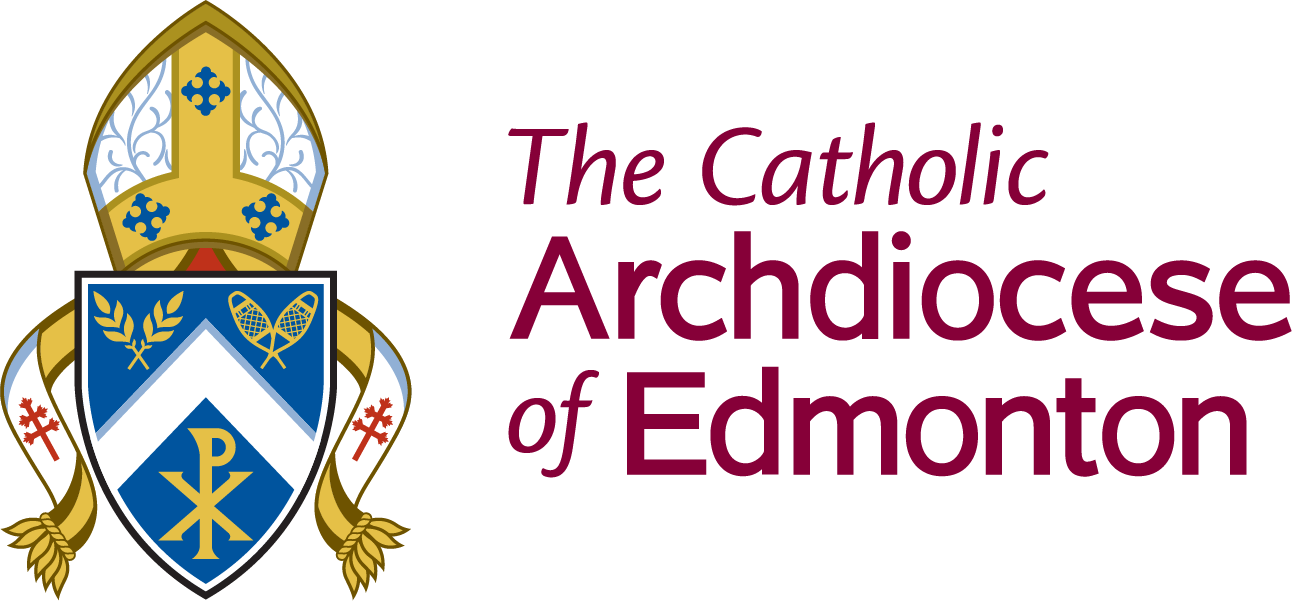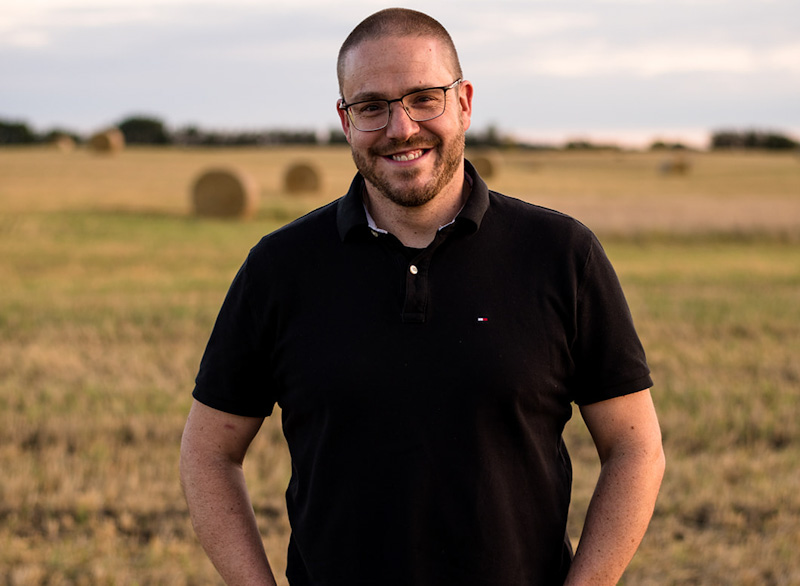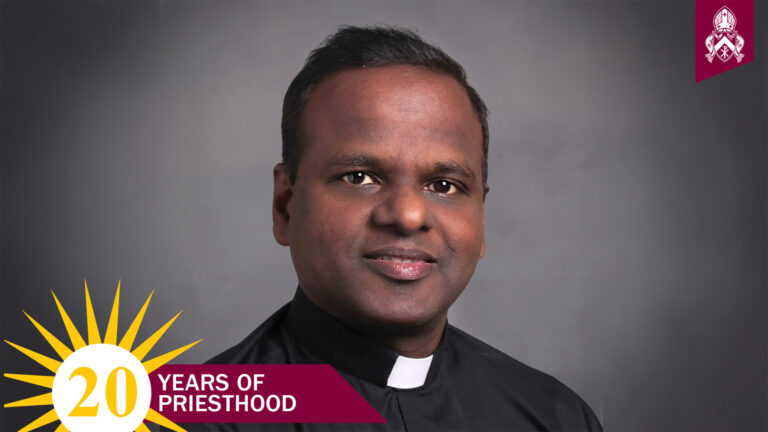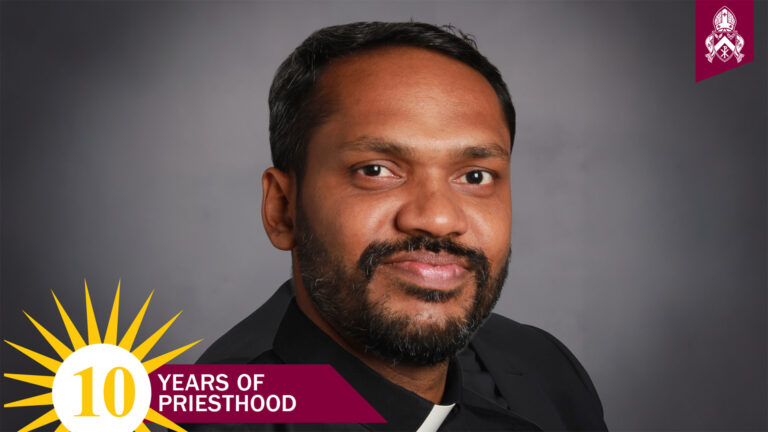You don’t need to look far to find a story centered on a battle between good and evil. While many movies, novels, and comic books make the heroes and villains plain to see, some of the best of these stories add a little intrigue. In these stories it can be much harder to know who’s on whose side.
One example of this can be found in J.R.R. Tolkien’s The Lord of the Rings. About halfway through the story, two Hobbits find themselves wandering through an enchanted forest. They’ve survived a tense chase with riders in black, a harrowing journey through a dungeon, and most recently being held captive by a band of orcs. Now, they encounter an Ent, a fourteen-foot-tall talking and walking creature that closely resembles a tree and they don’t know who or what he is. But even more than that, the Hobbits want to know whether Treebeard is another enemy who is out to harm. And so they ask: “Would you think it rude if we asked what you are going to do with us, and which side you are on?” In response, Treebeard’s primary concern is trying to figure out who and what the Hobbits are – though he is very old, he has never heard of Hobbits before. In the end, both Treebeard and the Hobbits are put at ease when they discover their shared friendship with the wizard, Gandalf, which allows them to continue the adventure together.
That shared friendship with God is a good starting point to understand the Profession of Faith we pray each Sunday when we go to Mass: “Creeds are brief formulas of faith that make it possible for all believers to make a common profession” (YouCat 26). But these take us beyond just declaring our friendship with God, as our Creeds have been formulated using precise wording that “protect the message of Christ from misunderstandings and falsifications” (YouCat 25). It is for this reason that at Mass we profess one of two creeds, either the Apostle’s Creed or the Nicene Creed. The Apostle’s Creed is a shorter, older form of the creed which is believed to be summary of faith of the apostles themselves. The Nicene Creed is longer, the product of much prayer and debate in the early Church. Its specific articles help define many of the beliefs we might take for granted about the trinity or the divinity of Christ.
What both creeds do is take the story of our faith – unfolded with love and care throughout the Scriptures – and presents them as a clear, condensed formula of our faith. We are able in turn to take these Creeds and “contemplate, express, learn, hand on, celebrate, and live out [the reality of our faith]” (YouCat 25). They also act as an instrument of unity between the faith we live today and that of the early Church, because what we profess to believe echoes precisely what early Christians lived and died for.
Saying this tells you WHAT our profession of faith is. Understanding WHY we profess our faith goes a step further. Songwriter Rich Mullins summed it up well in his song, \”Creed\”, whose lyrics are based on the Apostles Creed. Mullins’ thoughts on the creed are found in his refrain:
\”And I believe what I believe
Is what makes me what I am
I did not make it, no it is making me
It is the very truth of God
And not the invention of any man.\”
What people believe has a profound impact on the way in which they live their lives. For some religions, their faith has a direct impact on the food they eat, their daily schedule (stopping to pray at specific moments each day), who they marry, what career they might take on, etc. This isn’t a question of fanaticism – but of authentic witness to one’s faith. If someone professes to be of a certain faith without believing and living those things which are meant to make their faith distinctive, they are missing the point.
This is true of our own Christian faith as well. It should have a real and actual impact on our day to day living. What we believe is what makes us who and what we are. For example, knowing we were created by God tells us we are loved. Understanding that Jesus came, died, and rose again gives us hope in every circumstance. Seeing how the Holy Spirit remains active in the life of the Church reminds us that God is still very near to us, helping us become what we could not on our own. These are some of the essential truths of our faith: that we are loved, that we have hope, and that God remains with us always.
Whatever parish church we might find ourselves in, when we stand and profess either creed, let us remember that we pray it in common others who share our friendship with God. Praying this Creed puts us shoulder to shoulder with those attending Mass on that Sunday and all the saints who have gone before us. It gives us a clear and precise understanding of who we are and what we believe… and that should have a profound impact on the way we live our lives.
\”Let the Creed be like a mirror for you. Look at yourself in it to see whether you really believe all that you claim to believe. And rejoice every day in your faith.\” -St. Augustine
-This is the sixth in a series on the Youth Catechism. Mike Landry is Catholic Youth Camps director for the Archdiocese of Edmonton. He is also chaplain for Evergreen Catholic Schools, serving 10 schools west of Edmonton. Mike and his wife Jennifer live in Stony Plain with their five children.




